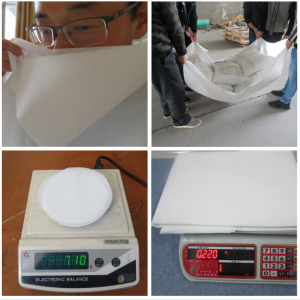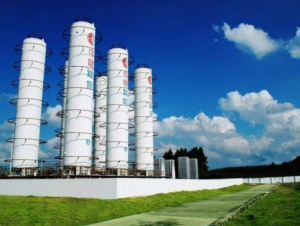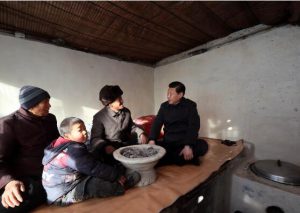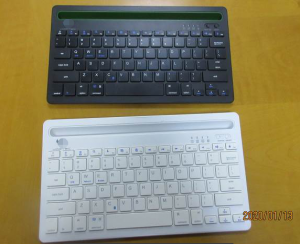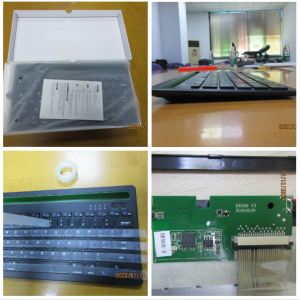
1. High Speed:
The supreme advantage of air transport is its high speed. It is the fastest mode of transport and thus it is the most suitable mean where time is an important factor.
2. Comfortable and Quick Services:
It provides a regular, comfortable, efficient and quick service.
ADVERTISEMENTS:
3. No Investment in Construction of Track:
It does not require huge capital investment in the construction and maintenance of surface track.
4. No Physical Barriers:
It follows the shortest and direct route as seas, mountains or forests do not come in the way of air transport.
ADVERTISEMENTS:
5. Easy Access:
Air transport can be used to carry goods and people to the areas which are not accessible by other means of transport.
6. Emergency Services:
It can operate even when all other means of transport cannot be operated due to the floods or other natural calamities. Thus, at that time, it is the only mode of transport which can be employed to do the relief work and provide the essential commodities of life.
ADVERTISEMENTS:
7. Quick Clearance:
In air transport, custom formalities can be very quickly complied with and thus it avoids delay in obtaining clearance.
8. Most Suitable for Carrying Light Goods of High Value:
It is most suitable for carrying goods of perishable nature which require quick delivery and light goods of high value such as diamonds, bullion etc. over long distances.
9. National Defence:
Air transport plays a very important role in the defence of a country. Modern wars have been fought mainly by aeroplanes. It has upper hand in destroying the enemy in a very short period of time. It also supports over wings of defence of a country.
ADVERTISEMENTS:
10. Space Exploration:
Air transport has helped the world in the exploration of space.
Disadvantages:
In spite of many advantages, air transport has the following limitations:
1. Very Costly:
It is the costliest means of transport. The fares of air transport are so high that it is beyond the reach of the common man.
ADVERTISEMENTS:
2. Small Carrying Capacity:
Its carrying capacity is very small and hence it is not suitable to carry cheap and bulky goods.
3. Uncertain and Unreliable:
Air transport is uncertain and unreliable as it is controlled to a great extent by weather conditions. Unfavourable weather such as fog, snow or heavy rain etc. may cause cancellation of scheduled flights and suspension of air service.
4. Breakdowns and Accidents:
The chances of breakdowns and accidents are high as compared to other modes of transport. Hence, it involves comparatively greater risk.
ADVERTISEMENTS:
5. Large Investment:
It requires a large amount of capital investment in the construction and maintenance of aeroplanes. Further, very trained and skilled persons are required for operating air service.
6. Specialised Skill:
Air transport requires a specialised skill and high degree of training for its operation.
7. Unsuitable for Cheap and Bulky Goods:
Air transport is unsuitable for carrying cheap, bulky and heavy goods because of its limited capacity and high cost.
ADVERTISEMENTS:
8. Legal Restrictions:
There are many legal restrictions imposed by various countries in the interest of their own national unity and peace.
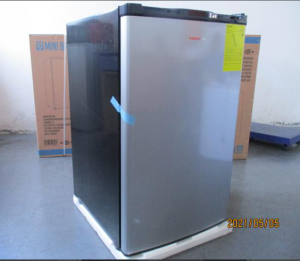
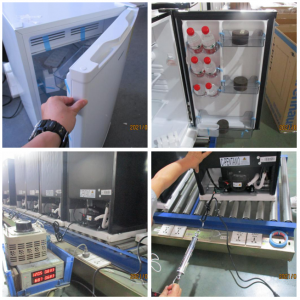
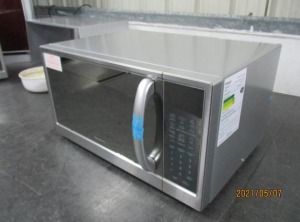
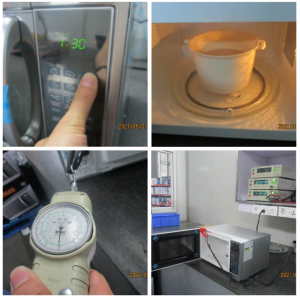

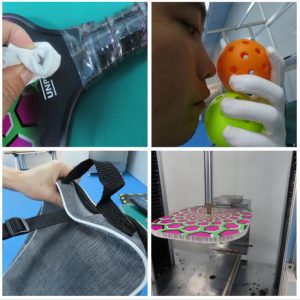
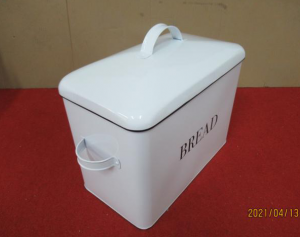
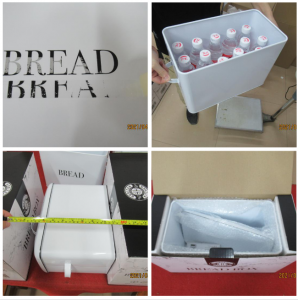
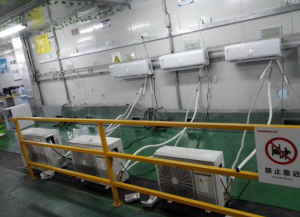 1.Barcode scanner test
1.Barcode scanner test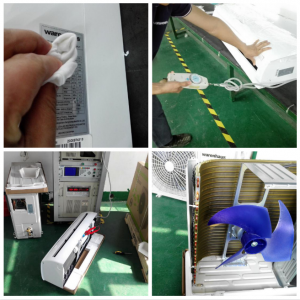
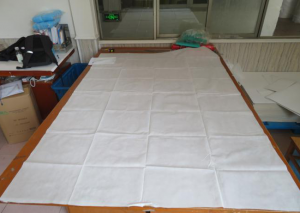 1.Appearance
1.Appearance